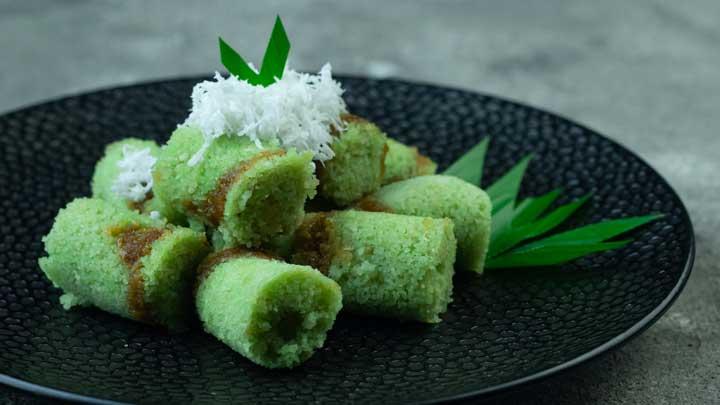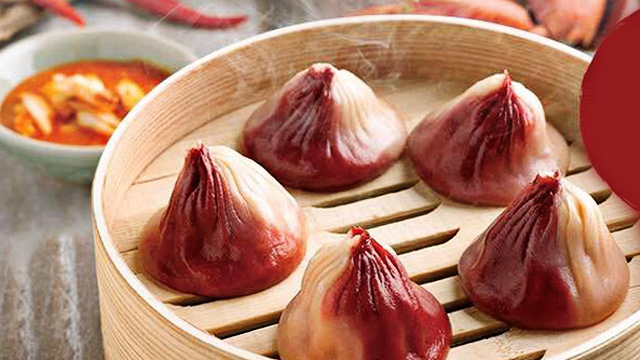When you think of Spanish culinary, dishes like paella, tapas, and gazpacho might come to mind. However, one dish that often flies under the radar but is equally delicious is Salmorejo—a thick, creamy tomato soup that originates from the Andalusian region in southern Spain. With its smooth texture and vibrant flavor, Salmorejo is the perfect dish for warm weather, offering a cooling, refreshing treat during the summer months.
I first encountered Salmorejo during a trip to Seville, where I was introduced to its rich, velvety texture and unique flavor. Since then, it’s become one of my favorite Spanish dishes, especially when the tomatoes are in season. It’s a simple dish made from just a few ingredients, but it packs an incredible punch of flavor that’s both comforting and satisfying. If you’ve ever been curious about how to make this classic Spanish soup, or want to know more about its history, this article will walk you through all things Salmorejo.
What is Salmorejo?

A Creamy, Thick Tomato Soup
Salmorejo is a traditional Spanish soup that originates from Andalusia, particularly from the city of Córdoba. Unlike gazpacho, another cold tomato soup popular in Spain, Salmorejo is thicker and more substantial due to the addition of bread. This gives it a smooth texture that is both satisfying and refreshing.
Traditionally, Salmorejo is served cold, making it the perfect dish to enjoy on a hot summer day. It’s often garnished with hard-boiled eggs and jamón serrano (Spanish cured ham), which complement the creamy soup perfectly.
The History of Salmorejo
A Tradition From Andalusia
The origins of Salmorejo date back centuries to the Andalusian region. Historically, it was a humble, peasant dish, often prepared with ingredients that were easy to find and inexpensive. It is believed that Salmorejo was developed as a way to make use of stale bread, which was incorporated into the soup to give it a thicker, more filling texture.
Over time, Salmorejo gained popularity not only in Andalusia but across Spain, becoming a staple in Spanish households and restaurants. While gazpacho may be more well-known internationally, Salmorejo has its own special place in the hearts of Spanish food lovers, especially for its indulgent texture and deliciously simple ingredients.
Key Ingredients for Making Salmorejo
Simple Ingredients, Bold Flavor
Salmorejo’s beauty lies in its simplicity. Here are the core ingredients you’ll need to make this dish:
-
Tomatoes: The star ingredient of Salmorejo. Ripe, flavorful tomatoes are key to the success of this dish. The tomatoes provide the base for the soup’s creamy texture and its vibrant red color.
-
Bread: Traditionally, stale white bread is used to thicken the soup. It gives Salmorejo its signature velvety texture and adds depth to the flavor.
-
Olive Oil: High-quality extra virgin olive oil adds richness to the soup, making it smooth and creamy. Olive oil also enhances the flavor profile, making the dish both savory and luxurious.
-
Garlic: A small amount of garlic is added for flavor. The garlic should be used sparingly, as its flavor can easily overpower the soup.
-
Salt: A pinch of salt enhances all the other flavors and brings everything together.
These ingredients combine to create the unique texture and taste that make Salmorejo so beloved. The richness of the olive oil, the sweetness of the tomatoes, and the subtle garlic flavor come together in a perfect harmony.
How to Make Salmorejo: A Step-by-Step Recipe
A Simple Recipe for a Delicious Dish
Making Salmorejo is easy and quick, requiring just a few steps. Here’s a simple recipe you can follow to make this iconic Spanish soup:
Ingredients:
-
1 kg (about 2 lbs) ripe tomatoes
-
150g (about 5 oz) stale white bread (crust removed)
-
1/4 cup extra virgin olive oil (plus more for drizzling)
-
1 small clove of garlic (optional)
-
Salt to taste
-
2 hard-boiled eggs (for garnish)
-
50g (about 2 oz) jamón serrano (cured Spanish ham) for garnish
Instructions:
-
Prepare the tomatoes: Start by washing the tomatoes. Cut them into quarters and place them in a blender or food processor. If you prefer a smoother texture, you can peel the tomatoes before blending, but this step is optional.
-
Blend the ingredients: Add the stale bread (torn into chunks), garlic, and a pinch of salt to the blender. Blend everything together until smooth. The bread will help thicken the soup and create its signature creamy consistency.
-
Add olive oil: While blending, slowly drizzle in the olive oil to emulsify and make the soup rich and smooth. Continue blending until the soup reaches a velvety, thick texture.
-
Taste and adjust seasoning: Taste the soup and adjust the salt if needed. You can also add a little more garlic or olive oil, depending on your preferences.
-
Chill the soup: Once the Salmorejo is fully blended and seasoned, refrigerate the soup for at least 2 hours to chill it. Salmorejo is best served cold.
-
Garnish and serve: When ready to serve, ladle the chilled Salmorejo into bowls. Garnish with a hard-boiled egg (sliced) and a few pieces of jamón serrano. A drizzle of olive oil on top adds extra richness and flavor.
Serve the Salmorejo as an appetizer or light meal on its own. It pairs wonderfully with a slice of rustic bread and a glass of Spanish wine.
Salmorejo Variations and Pairings
Creative Twists on the Classic Recipe
While the traditional recipe for Salmorejo is simple and timeless, there are many ways you can get creative with the dish:
-
Add More Toppings: Besides hard-boiled eggs and jamón serrano, some variations of Salmorejo include toppings like crispy bacon, herbs (such as basil or parsley), or even a few olives for extra flavor.
-
Make It Spicy: If you enjoy a bit of heat, you can add a small chili pepper or a pinch of cayenne pepper while blending the soup.
-
Blend in Vegetables: Some people like to add other vegetables like cucumbers or peppers for a different twist, though traditional Salmorejo is mostly made with tomatoes.
Perfect Pairings:
Salmorejo pairs wonderfully with many Spanish tapas and traditional dishes. Serve it alongside tortilla española (Spanish omelette), patatas bravas (fried potatoes with spicy tomato sauce), or a fresh green salad. For drinks, a chilled glass of sherry or a light rosé wine complements the refreshing, creamy nature of the soup.
Conclusion: A Taste of Andalusia in Every Spoonful
Salmorejo is a perfect example of the beauty of simple , rustic Spanish cuisine. With just a handful of ingredients, this thick, creamy tomato soup becomes a refreshing and comforting dish that’s ideal for warm weather. Its rich history, fresh flavors, and smooth texture make it a beloved classic in Andalusia and beyond.
Whether you’re planning to cook this dish for a special occasion or simply craving a bowl of something fresh and flavorful, Salmorejo is sure to impress. So next time you’re in the mood for something that’s both easy to make and full of vibrant Spanish flavors, give this delicious soup a try. It’s like taking a trip to Spain with each spoonful.




















